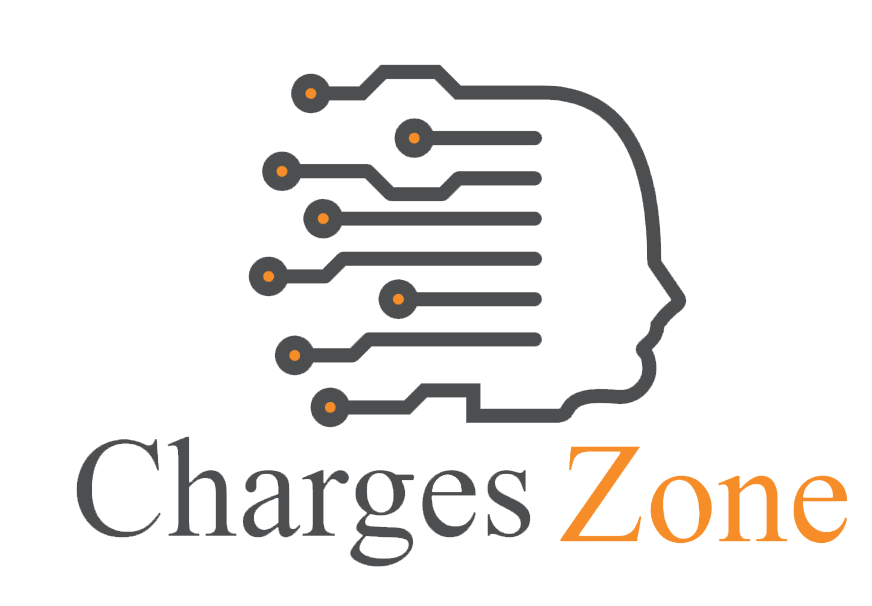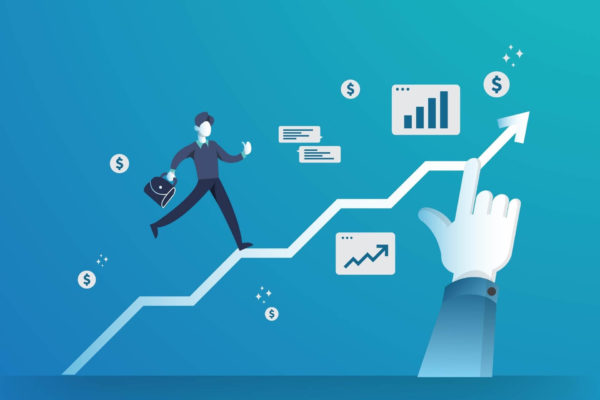Terms You Must Know Before Clearing Credit Cards Online
The world of credit cards is confusing and often intimidating. It’s not just about the interest rates or late fees; the language itself can be baffling. Luckily, we’re here to help. Below are some common terms you should know before setting up your credit card and making purchases online:
APR
APR stands for Annual Percentage Rate, which is the rate of interest you pay on your credit card balance. It is expressed as a percentage, usually higher than the interest rate you pay on your mortgage or car loan.
Annual Fees
Annual fees are charged by credit card companies, which charge you for the privilege of using their card. Annual fees are typically around $100 and can be waived if you meet certain criteria, such as making large purchases or paying your bills on time.
Credit Card Number
Every credit card has a unique number assigned to it. This is the number you need to give when making purchases online, and it’s also known as the PAN (Primary Account Number). The PAN is made up of 16 digits, but there are two things you should know about these digits:
- They’re all numeric; no letters allowed! If you’re looking at any other kind of character in your card’s PAN—letters or special characters—you can be sure that someone has tried to hack their way into your account.
- Each digit in a credit card number is assigned its own value based on its position within the series of numbers: 9, 8, 7… 0 (zero).
There is also a 3-digit credit card number CVV that you have to keep safe.
Billing Cycles
When setting up an online account, you’ll have to choose how often you’d like to be charged and pay off your credit card bills. The most common billing cycles are monthly, quarterly or annually. This means that you will be billed at certain intervals and then make payments at those times. For example: if your billing cycle is monthly, when the bill comes due (or wherever else it may come), the company will charge you for the purchases made during that time frame and then send out a statement on what they’ve charged you.
You can also set up automatic payments so that every time your payment is due, they will automatically deduct from bank accounts or credit cards depending on what electronic payment method is used when setting up an account in advance (more details about this later).
CVV (Card Verification Value)
You’ll be asked for your credit card number and expiration date when buying something online. But before you enter that information, there’s one more important thing to know: the CVV (card verification value). As per the experts at SoFi, “While not every online merchant that accepts credit card payments may require the CVV in addition to your credit card number and expiration date, asking for this number helps the merchant to verify that you have the card in hand and that it’s not stolen.”
The CVV is a three-digit number on your credit card’s back. It’s used to verify the authenticity of your card so that no one can use it fraudulently. That means if someone steals a copy of your credit card number and tries to buy something online with it, they won’t be able to complete their purchase without also knowing your CVV (and likely not even then).
Cibil Score
Cibil Score is a credit score based on your credit history. The number between 0 and 1000 tells banks how responsible you are with your money. Banks often use CIBIL scores to determine whether or not they should give you a loan or charge higher fees if you get one.
At the end of the day, every credit card company is different. But if you’re looking for a way to consolidate your debts into one simple monthly payment, then it’s worth taking some time to learn about all the options available so that you can make an informed decision about which card works best for you.








